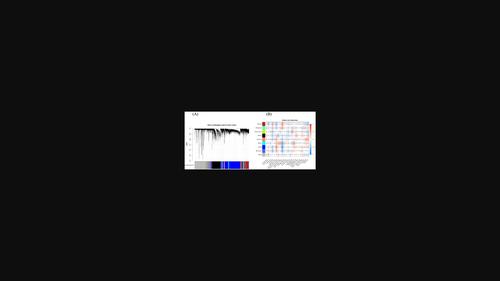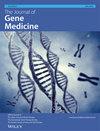A Treg-related riskscore model may improve the prognosis evaluation of colorectal cancer
Abstract
Background
Colorectal cancer (CRC) poses a significant health challenge. This study aims to investigate the prognostic value of a regulatory T cell (Treg)-related gene signature in CRC.
Methods
We extracted the gene expression and clinical data on CRC from The Cancer Genome Atlas (TCGA) and Gene Expression Omnibus (GEO) databases. The gene module related to Treg was identified by weighted gene co-expression network analysis (WGCNA). The genes in the significant module were filtered by univariate Cox, least absolute shrinkage and selection operator (LASSO) and multivariate Cox regression analysis. A riskscore model was established in terms of the key Treg-related genes. The reliability of this riskscore model was validated using the external GEO dataset. The association of riskscore with clinical features, mutation patterns and signaling pathways was explored.
Results
Genes in the blue module showed the strongest association with Tregs. After a series of filtering cycles, seven Treg-related key genes, GDE1, GSR, HSPB1, AOC2, TBX19, TAMM41 and TIGD6, were selected to construct a riskscore model. This model performed well in evaluating the patients’ survival in TCGA cohort, and was further affirmed by the GSE17536 validation cohort. For precise evaluation of the patients’ survival, we established a nomogram in light of riskscore and clinical factors. Patients in different risk groups had distinct clinical features, mutation patterns and signaling pathway activities. The expression of five key genes was significantly associated with Treg infiltration in the CRC samples.
Conclusion
We established a useful riskscore model in light of seven Treg-related genes. This model may contribute to the prognosis evaluation, direct tailored treatment, and hopefully improve clinical outcomes of the CRC patients.


 求助内容:
求助内容: 应助结果提醒方式:
应助结果提醒方式:


